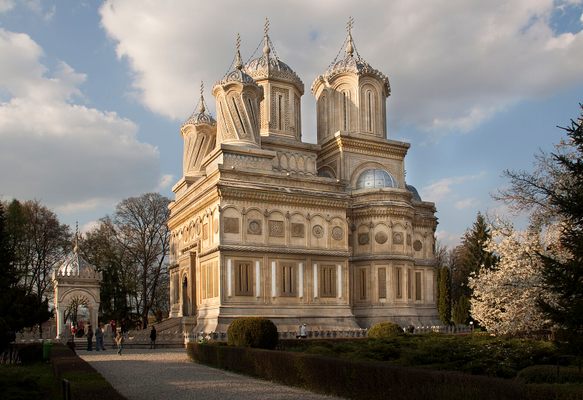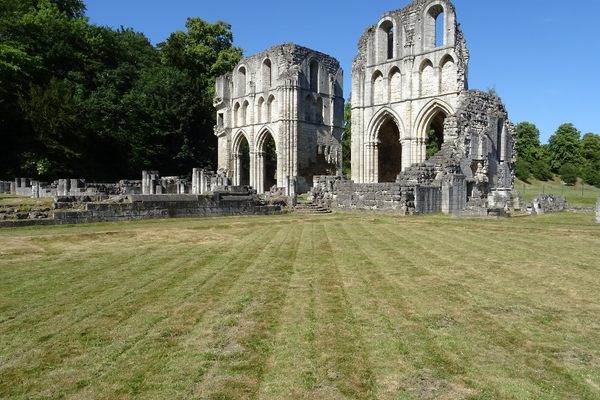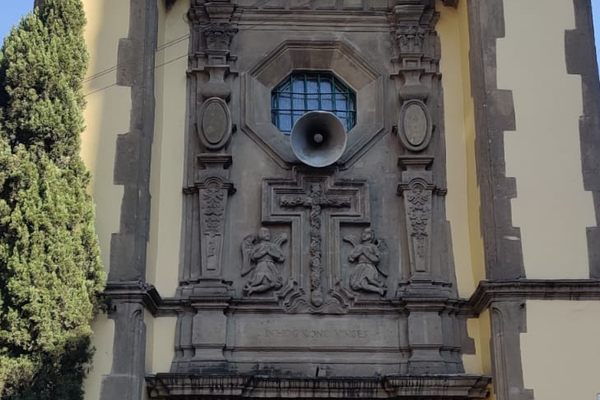About
In the small town of Curtea de Argeș, which sits in the middle of Romania, an early 16th-century cathedral is a spectacular example of Byzantine Romanian Orthodox church architecture. The facade is familiar to many because a drawing of the cathedral is on Romania's one Leu banknote (the equivalent of about 20 cents in USD). Beyond the awe-inspiring architecture, however, is a terrifying legend about the building's construction.
When construction began on the cathedral around 1512, God supposedly wasn't too pleased with the building's progress. The Romanian ruler Neagoe Basarab wanted the cathedral to be his 16th-century masterpiece, but God wasn't having it. Multiple times, the walls of the cathedral would collapse overnight.
Driven to desperation, the architect in charge of the project, supposedly an Armenian man named Manoli (sometimes spelled Manole), decided to make the ultimate sacrifice to appease God: He bricked up his wife into the building's wall. Since then, the cathedral's walls have never fallen.
Supposedly, a red mark on the cathedral's outside wall designates where Manoli's wife's final resting place was in the edifice.
While most of the story can't be verified, the mythology has taken root and Manoli even has a water fountain named after him in the adjacent park—which has its own legend.
According to folklore, after the cathedral was finished, Neagoe Basarab asked if Manoli could construct another building just as beautiful while the builder stood atop the cathedral's roof. When Manoli told Basarab he could, the ruler destroyed the scaffolding surrounding the roof—leaving Manoli and his crew stranded on the rooftop so they could never build another church to compete with this one.
From the top of the church, they tried to build wings cobbled together from building supplies on the roof. Unsurprisingly, their flight to safety was unsuccessful and Manoli and his crew perished. The spot where Manoli landed supposedly sprang a natural spring, which today has been converted into a fountain.
Related Tags
Legends of Romania: Castles, Ruins & Culinary Delights
Discover Romania's Medieval Castles & Culture.
Book NowCommunity Contributors
Added By
Published
February 27, 2024































